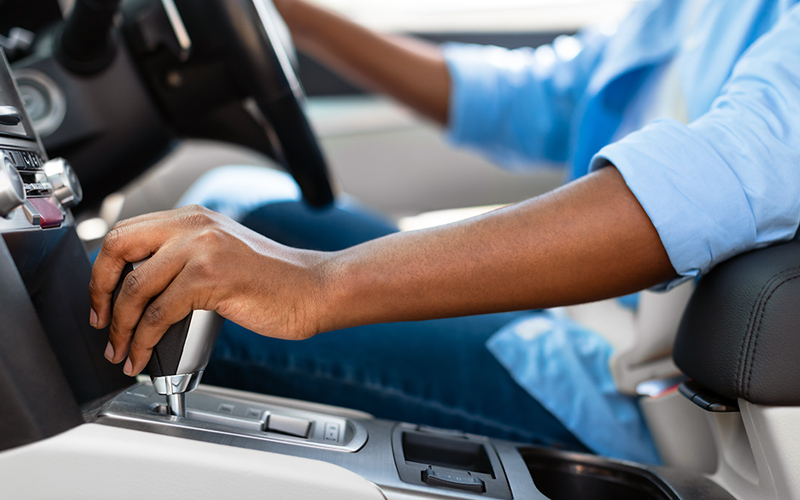Our Guide to Making the Switch from a Manual to Automatic Motability Car

- With the upcoming ban on petrol and diesel cars, manufacturers are choosing to phase out manual gearboxes early
- Over half of all new cars sold in 2021 were automatic
- Learner drivers are ditching manual tests, with 14% of tests now automatic
Manual cars make up the majority of cars on UK roads, and there have always been common misconceptions about automatic cars.
With the upcoming ban on petrol and diesel cars, things are changing in the automotive industry. More manufacturers are choosing to ditch manual transmissions early and sell only automatic cars.
According to a survey conducted by Direct Line in 2022, 14% of all driving tests in the UK are now automatic. In 2021, half (54%) of all new cars sold were automatic.
What’s the main difference between manual and automatic cars?
The key difference between a manual and an automatic car is how much work you will need to do as the driver. In a manual car, there are three pedals – accelerator, brake, and clutch, using the gears to increase or decrease your speed.
In an automatic car, there are only two pedals – an accelerator and a brake, with the automatic gearbox doing the hard work for you. There is still a gear selector but no clutch.
The gear selector has four settings:
Drive – automatically selects the correct gear and allows you to move forward
Neutral– can be used in standstill traffic (along with the handbrake) and is equivalent to knocking a manual gearbox out of gear
Reverse – is used during reverse maneuvers
Park– secures the car by locking the transmission. This should only be used when the car has completely stopped, and the handbrake will also need to be applied.
Are manual or automatic cars better?
This is completely based on personal preference, but we’ve rounded up the pros and cons of switching to automatic.
PROS
- Easier to drive – if you regularly drive in stop/start traffic you’ll understand how annoying it is to change gears all the time. With an automatic car, the automatic gearbox does all the hard work for you.
- Great for people with limited mobility – with only two pedals and no clutch, automatic cars are much easier for limited mobility drivers.
- Less risk of stalling – there's nothing worse than driving a manual car and stalling in busy traffic. Unless the car develops a mechanical fault, there’s very little risk of stalling.
- Enhanced fuel economy – automatic cars often allow you to tailor your driving mode to maximise fuel.
- Easier for learner drivers – driving an automatic car gives new drivers more time to focus on maneuvers without the need to change gears.
CONS
- Carry more upfront costs – automatic cars are typically more expensive than manual cars. But there are plenty of affordable options on the Motability Scheme.
- Higher repair costs – Automatic cars use more complex mechanics than manual cars and can cost more to repair. There’s no need to worry though, all repair costs are included as part of your Motability package.
- Can have limitations – if you take an automatic driving test, you can only legally drive an automatic car and not a manual.
Adjusting to an automatic car
As with any new car, there’s always a period of adjustment. When you first make the switch from manual to automatic it can seem a little strange.
It might seem logical to use your right foot to accelerate and your left to brake. But we wouldn’t recommend this unless you have adaptations to your car or an impairment that requires you to do so.
Simply use your right foot to switch between both pedals and rest your left foot on the ground.
Familiarise yourself by practicing on quieter roads before hitting busy traffic.
It’s also important to remember that automatic cars can creep forward slightly when taking your foot off the brake. This can be especially handy in stop/start traffic.
Are electric cars automatic?
With the government set to ban petrol and diesel cars in favour of electric cars. It’s important to know that most electric cars have an automatic transmission.
The electric motor keeps the speed and power constant, without any need to change gears.
Automatic cars on the Motability Scheme
There is a wide range of automatic cars on the Motability Scheme. Use our Motability car search and filter by transmission to find the perfect car for you.
You can also visit your local dealership where our Motability specialists are on hand to help.